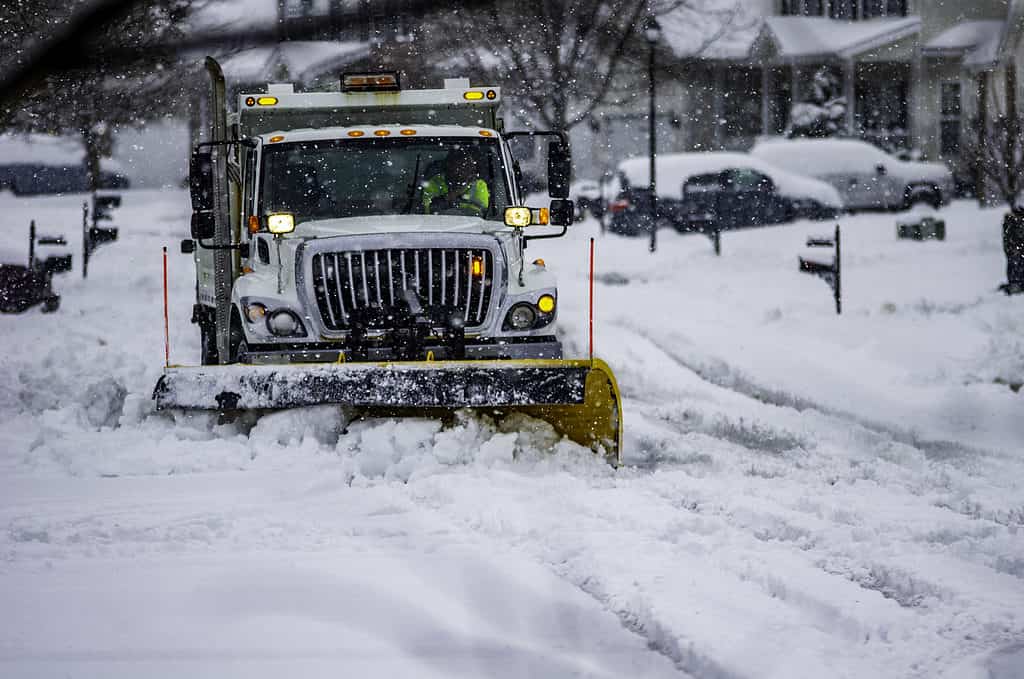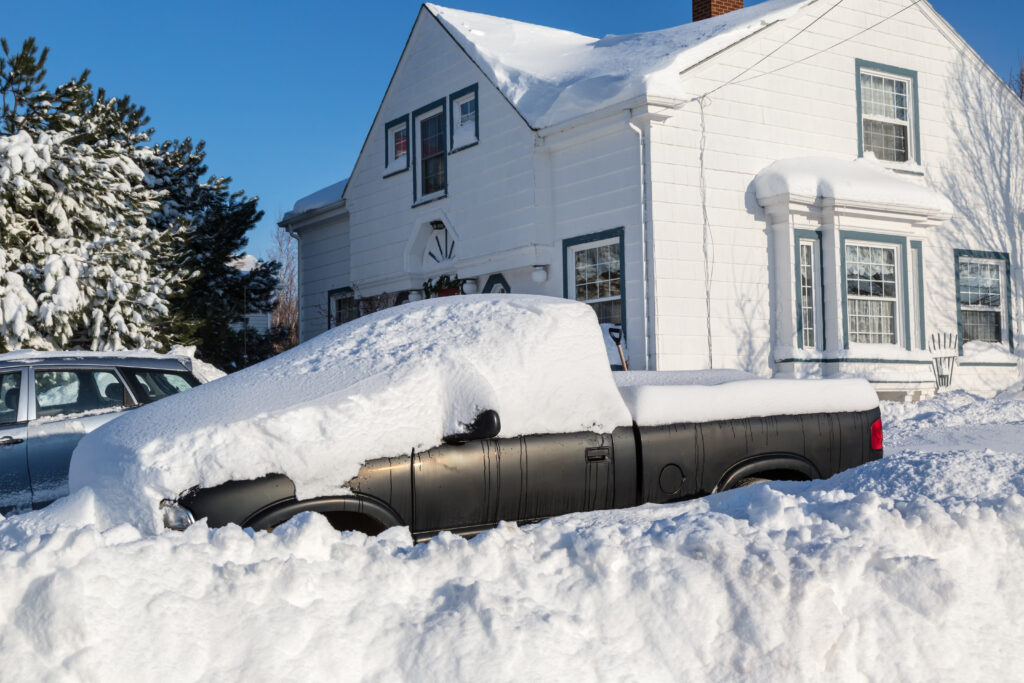March is a transitional month in Ohio’s meteorological calendar. Centerburg is the fortuitously-named city that lies in the exact center of the state. The average high temperature in Centerburg on March 1 is 43°F, while the average high on March 31 is 55°F. March normally means temperatures move “up and to the right” in Ohio, but nature can be temperamental and doesn’t always play by the agreed-upon rules. Late-winter and early-spring snowstorms can and do happen in Ohio, but they rarely reach the historic levels of one particular storm in March 2008.
Ohio’s Wildlife During the Storm
Wildlife in the state largely took the storm in stride. In a late-winter or early-spring snowstorm, mammals will retreat to their dens. Birds will seek heavier cover. Reptiles, by and large, will not have emerged yet, so they won’t even know the storm ever happened. If amphibians, such as salamanders and frogs, have already emerged for the spring, they will sink down into the mud of their watery home to insulate themselves from the cold. In short, the wildlife in a state like Ohio is ready for this type of quick-hitting late-season winter storm. Their human counterparts don’t always fare as well, though.

The cardinal, Ohio’s state bird, was rather unfazed by the Blizzard of 2008.
©iStock.com/Hongkun Wang
The Blizzard of 2008
The second weekend in March 2008 is not one that Ohio residents will soon forget. On March 7-8, a statewide snowstorm pummeled the Buckeye State with record-setting snowfall. The event has been dubbed the Blizzard of 2008. After this storm, some parts of Ohio, such as Cincinnati, would not see another blizzard until December 2022.
The Ohio snowstorm in March 2008 was part of a much larger snow event. From March 6-10, a massive winter storm tore through most of southern and eastern North America.
More than a week before the Blizzard of 2008, meteorological models were indicating the possibility of a storm along the east coast of the United States. As the storm came closer, the models adjusted the track to the west, right along the spine of the Appalachian Mountains. That prediction would prove correct.
The storm began organizing as a low-pressure system developed across Texas. The first of 17 tornadoes this storm would produce spun up in Corpus Christi. The storm dumped rain on Texas, but that rain changed over to snow in Oklahoma.
As the storm moved north and eastward, it developed into a historic and catastrophic winter weather event. This storm dumped over 10 inches of snow in Little Rock, Arkansas, and nearly 19 inches in Ottawa, Ontario. That’s a stretch of well over 2,000 miles! On the warm side of this epic storm, the tornadoes that began in Texas continued, with multiple twisters touching down in Georgia and Florida.
No state received more snow than Ohio, though. Because the storm originated in the Gulf of Mexico, it carried a colossal amount of moisture. As that moisture funneled northward, it slammed into the cold air of the Ohio Valley. All of the necessary conditions coalesced to create a mammoth winter storm in the Buckeye State.

The Blizzard of 2008 dumped heavy snow from Arkansas to Ontario.
©iStock.com/Philip Rozenski
Impacts in Ohio
The storm entered the state’s southeastern part very early on March 7. It stretched into central Ohio by mid-morning, and by that afternoon, it had reached the state’s northeastern corner. Most of the state received 2-4 inches of snow on March 7, but that was just a taste of what would come the following day.
On March 8, Ohio received another 6-16 inches of snow. The heaviest accumulation was in the central part of the state, but all of Ohio was walloped by this snowstorm.

Ohio took a winter wallop in March 2008.
©iStock.com/onepony
Columbus received a total accumulation of 20.4 inches of snow. This shattered the city’s previous record of 15.3 inches set in February 1910. Both Cleveland and Cincinnati were covered with about a foot of snow in the March 2008 storm. You can see some of the updates regarding the storm as they were published in real-time on the National Weather Service website here and here.
Thousands of Ohioans were left without power. Schools and businesses were closed throughout the state. Most flights at the state’s major airports were delayed or canceled, with Port Columbus International Airport taking the brunt of the travel woes.
On March 8, two-thirds of Ohio’s 88 counties had declared either a Level Two or Level Three Snow Emergency. Driving is either discouraged or prohibited when these emergency declarations are in effect.
One Columbus resident posted a video on YouTube showcasing the show that covered his neighborhood. The video received thousands of views. Note the ferocious winds, especially near the end of the video.
All told, this giant winter storm caused $789 million in damage throughout the U.S. and Canada. Tragically, the storm claimed at least 17 lives across four U.S. states and three Canadian provinces. Five of those deaths were in Ohio.
A Quick Rebound
Ohio temperatures rebounded fairly quickly once the storm passed. Temperatures in Centerburg were slightly above freezing on March 9. By March 10, the high temperature was 45°F. Finally, on March 16, just eight days after this record-setting blizzard, the high in Centerburg was 60°F! As noted earlier, nature plays by its own rules.
The photo featured at the top of this post is © iStock.com/aceshot
Thank you for reading! Have some feedback for us? Contact the AZ Animals editorial team.







